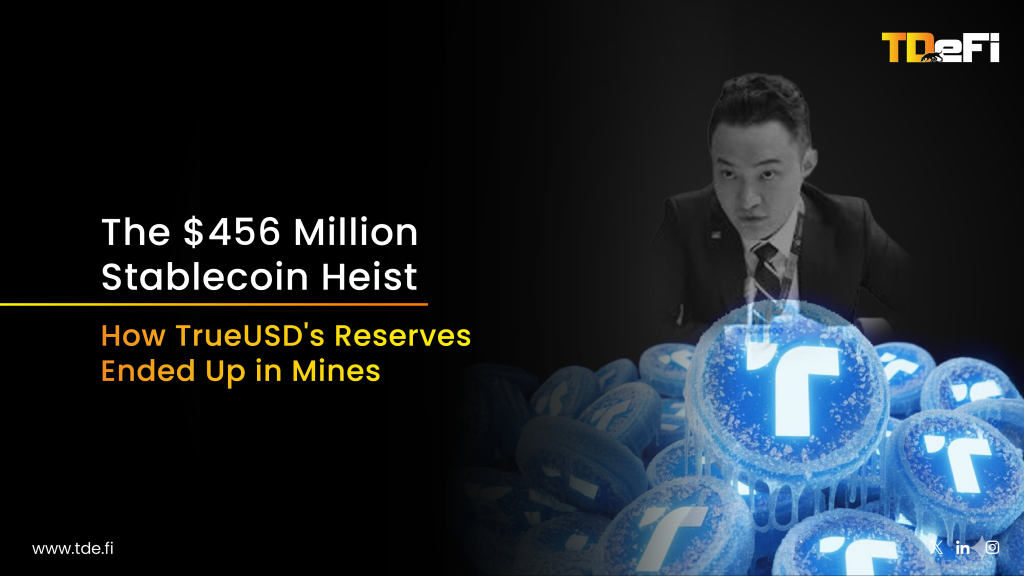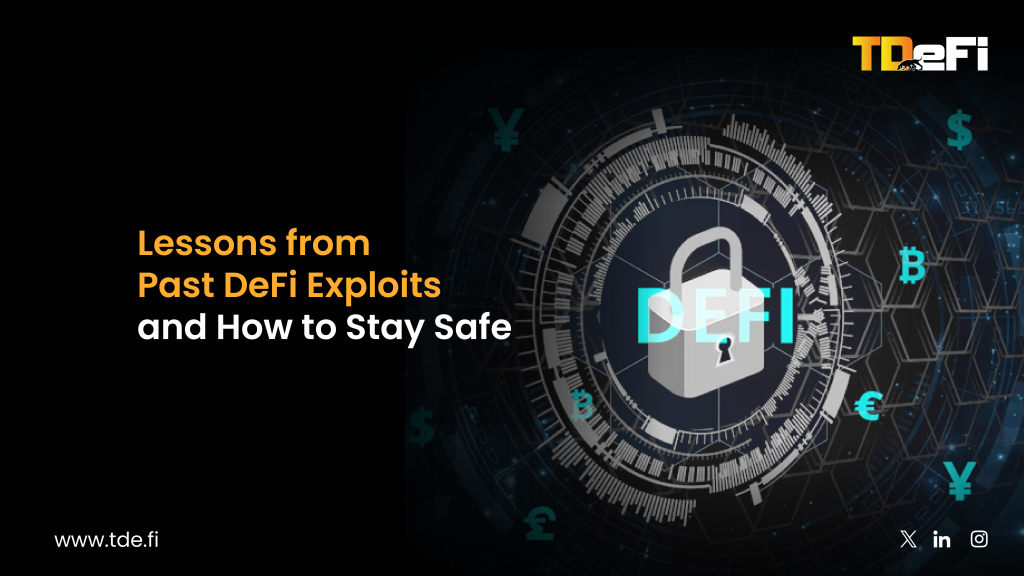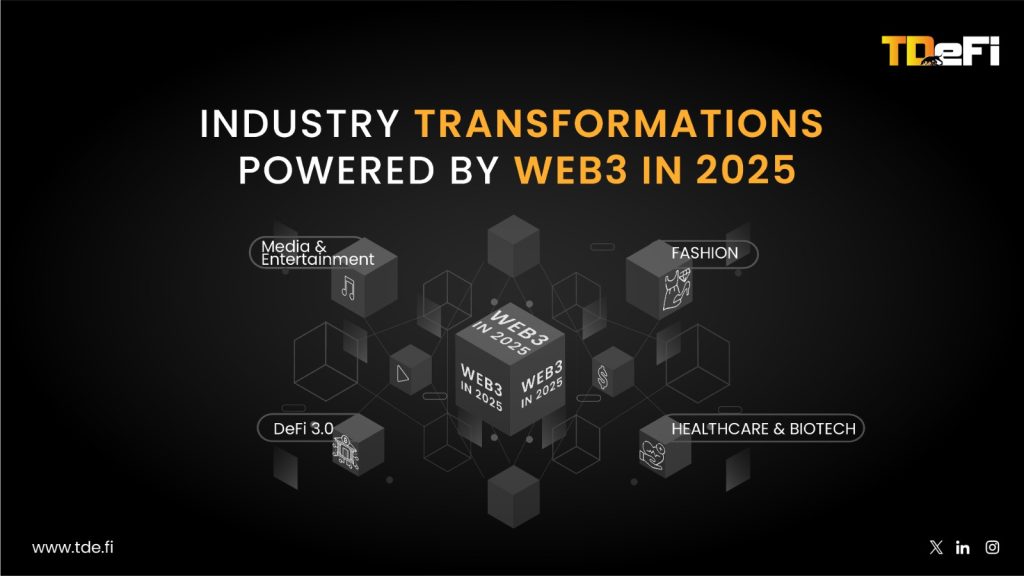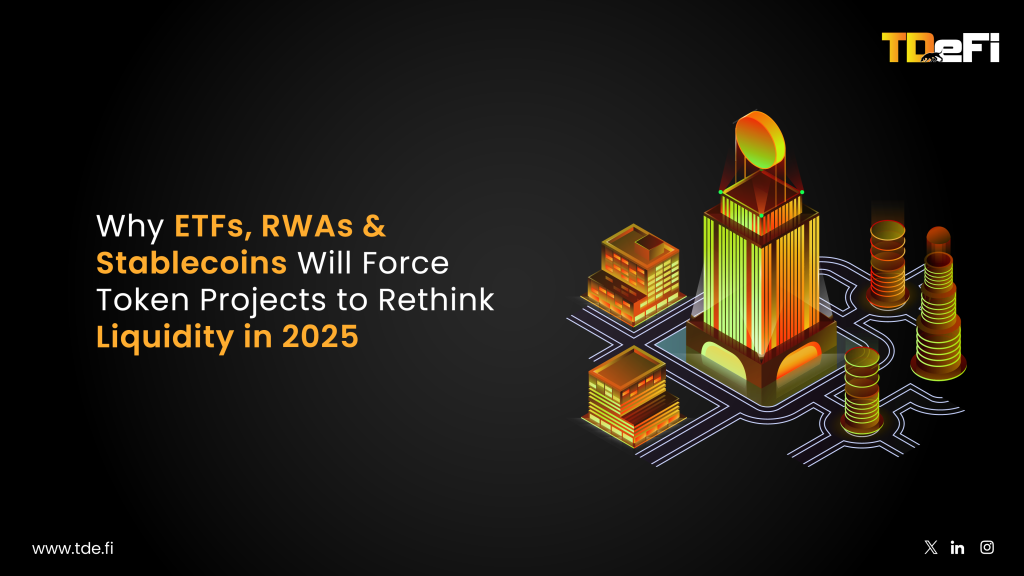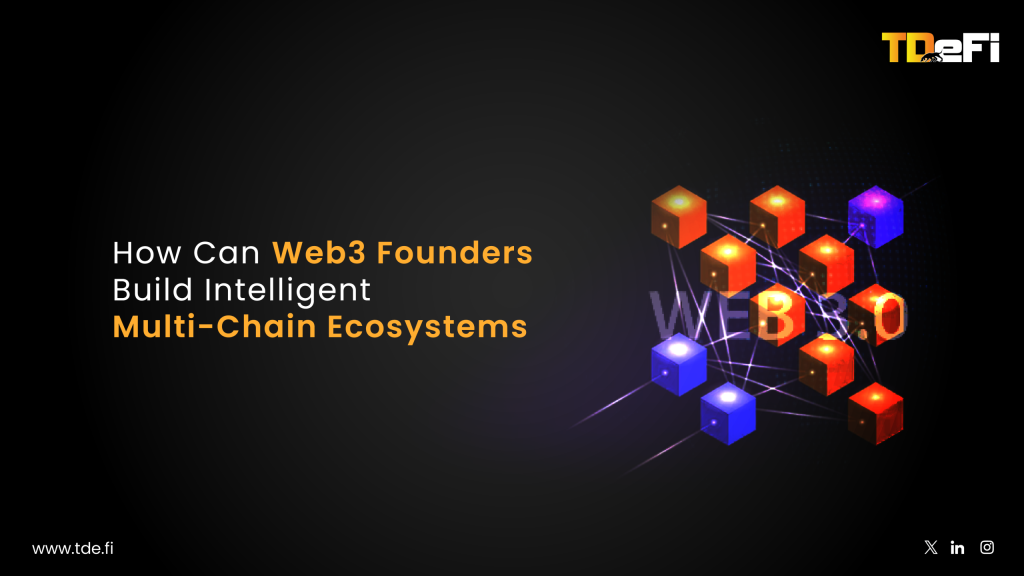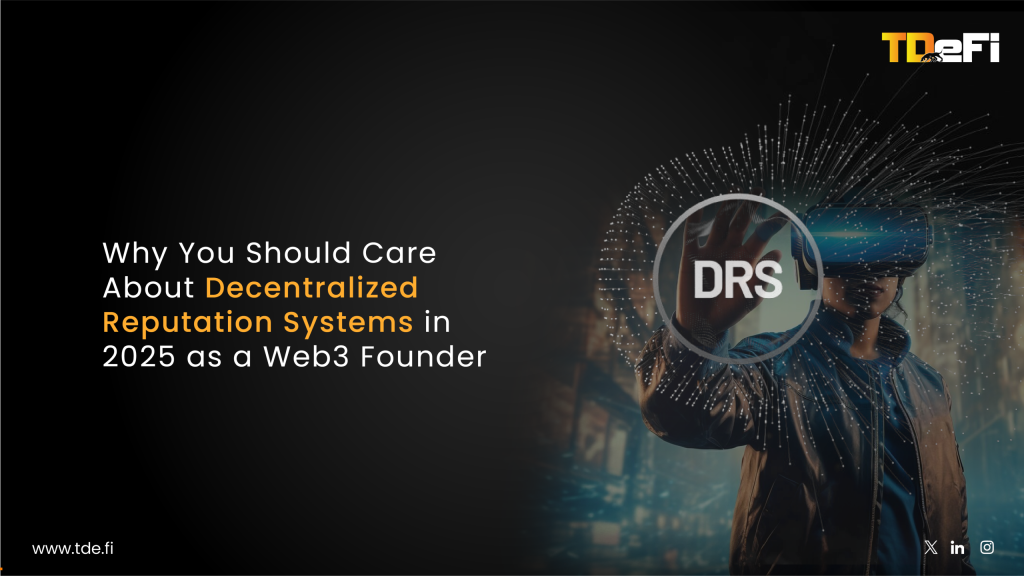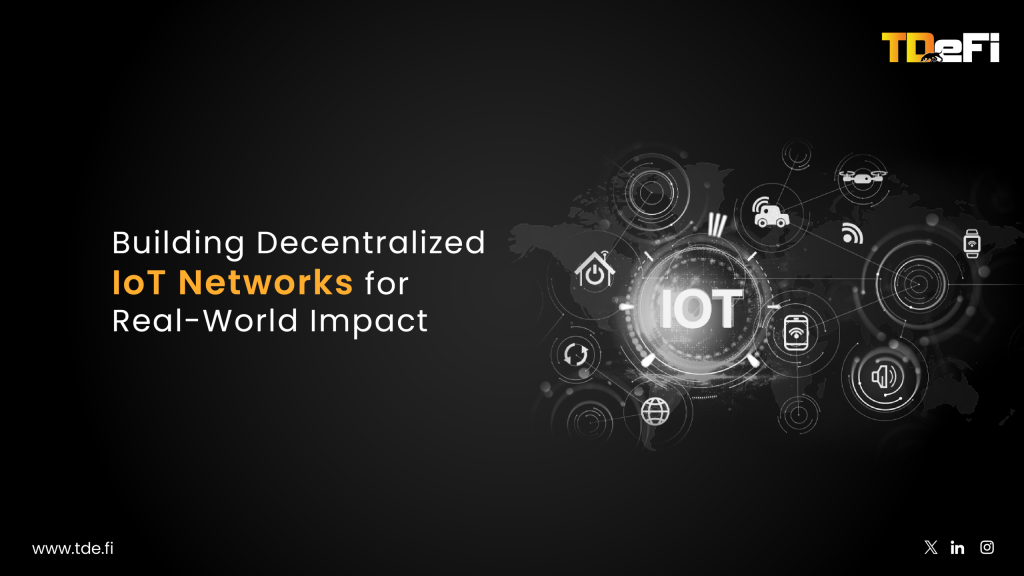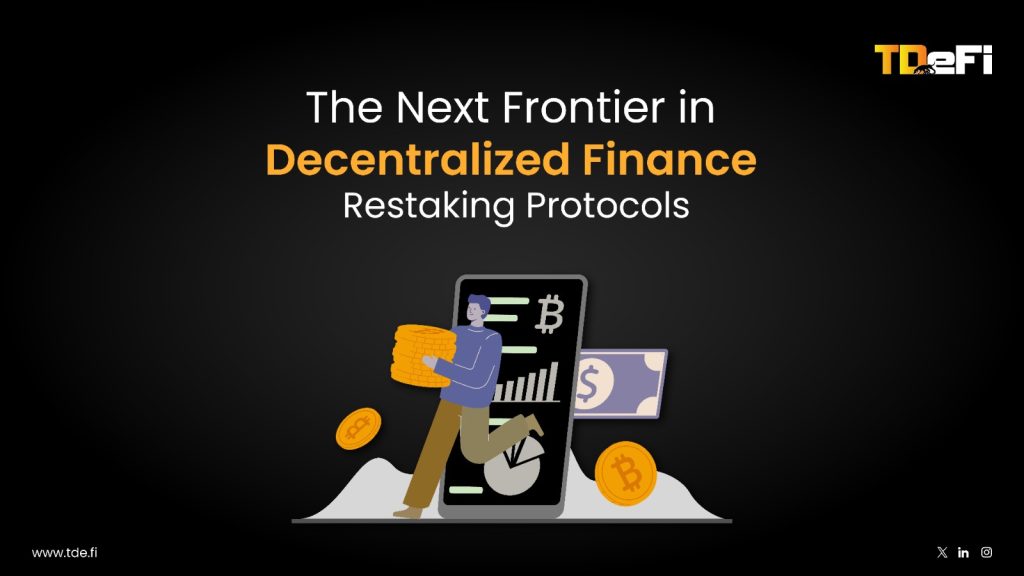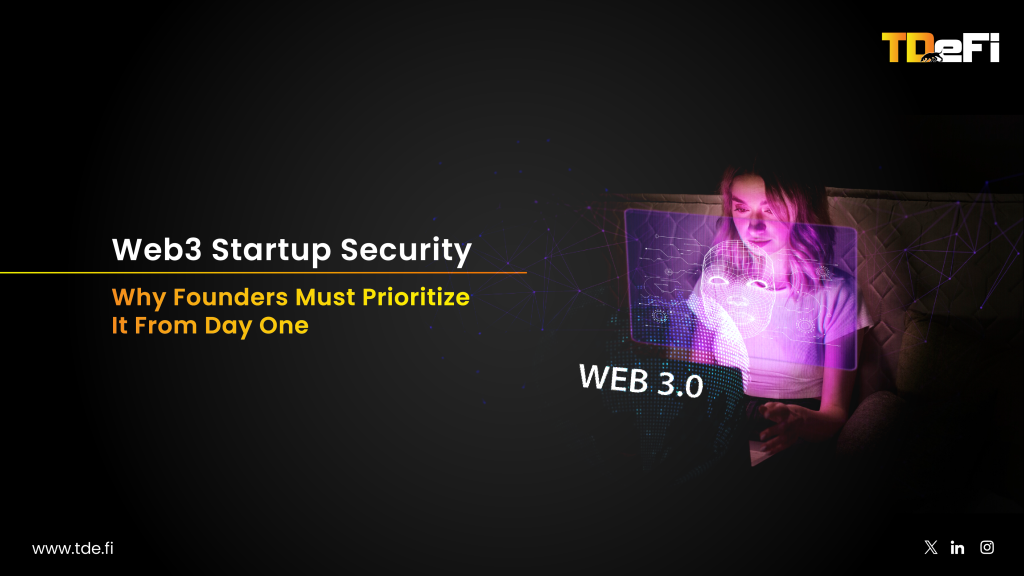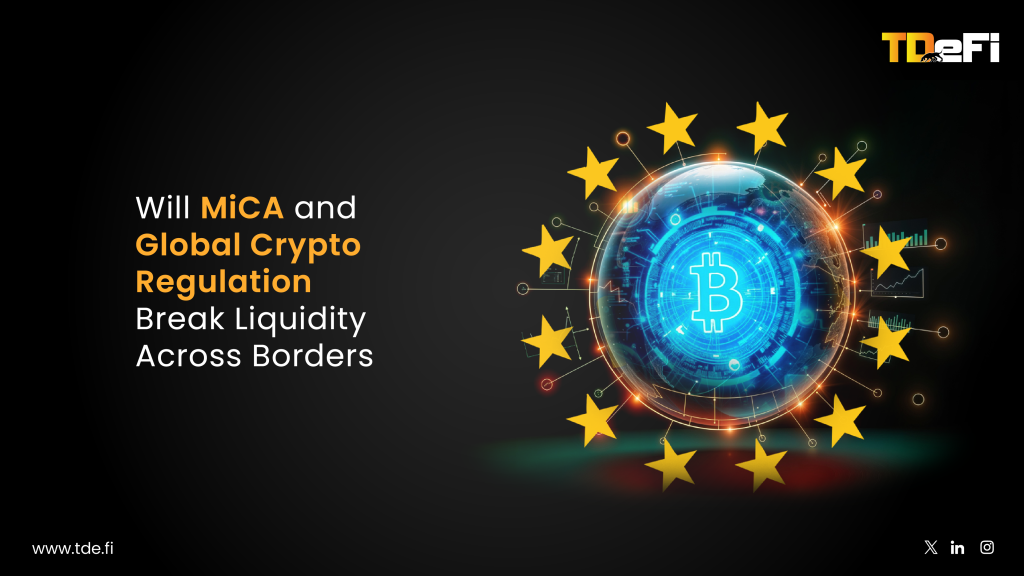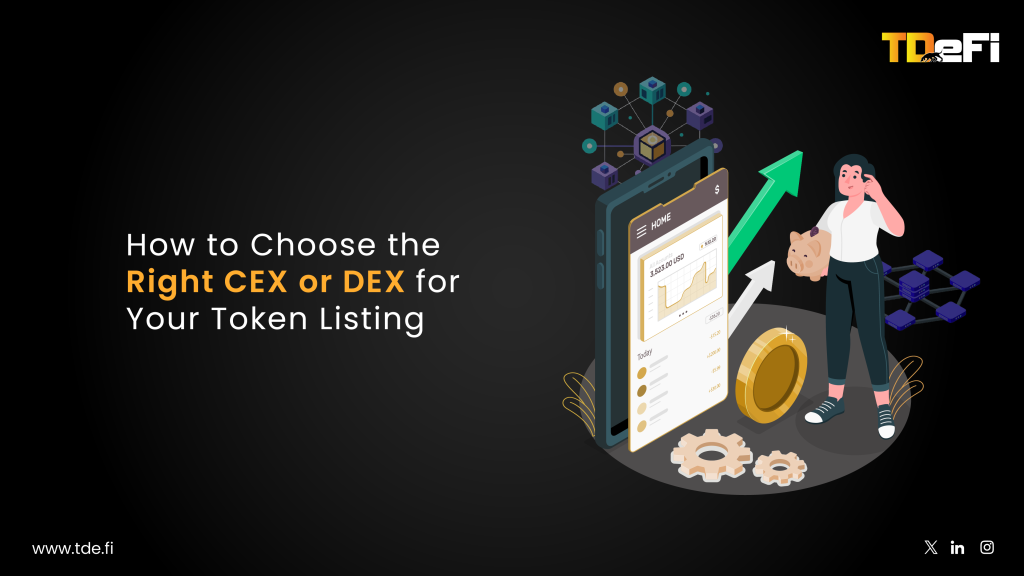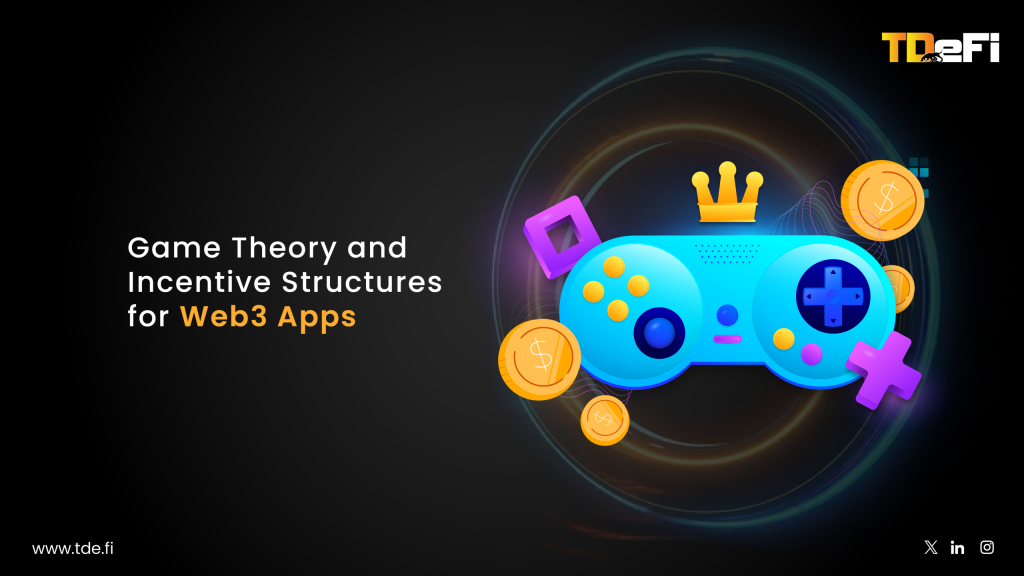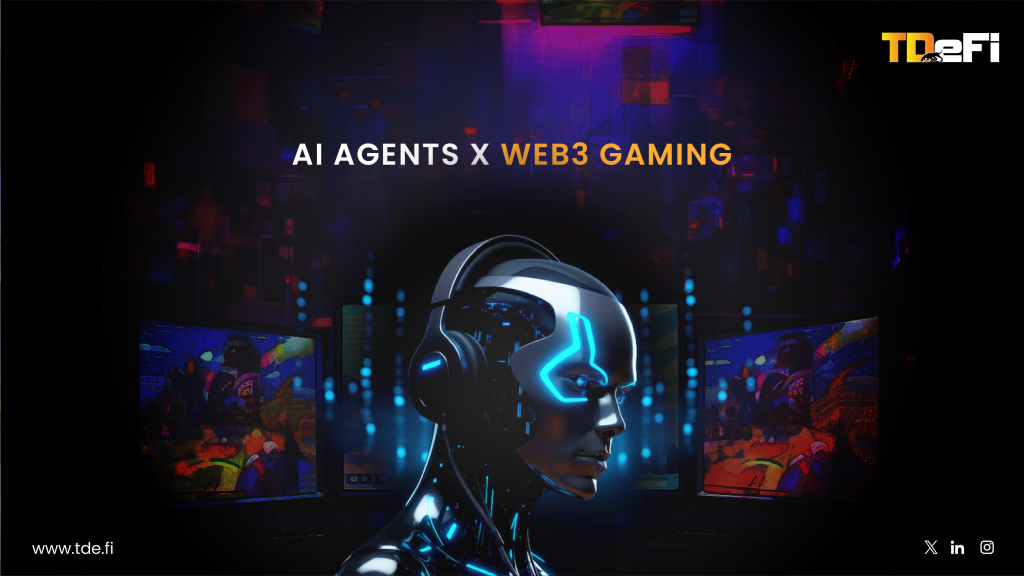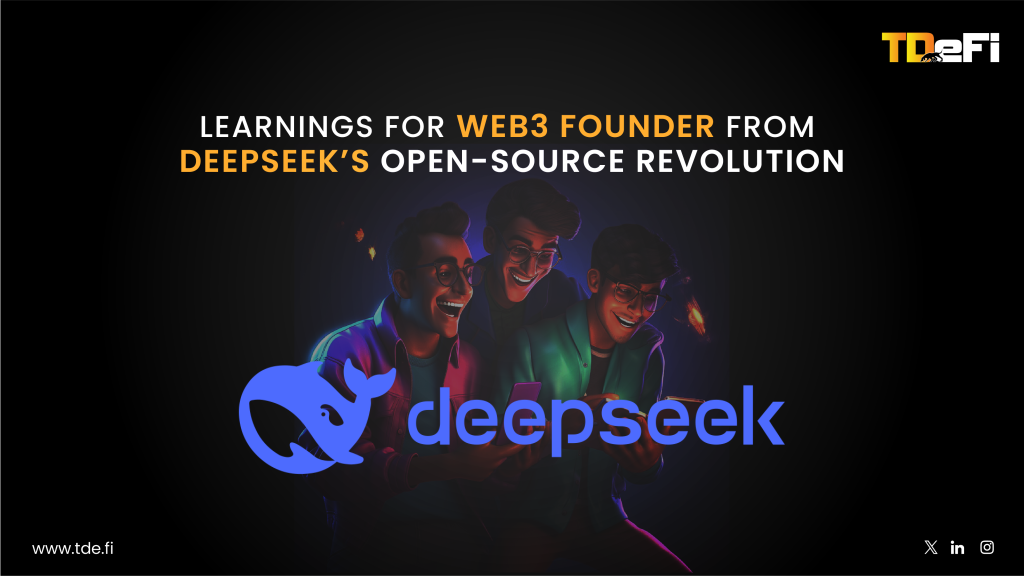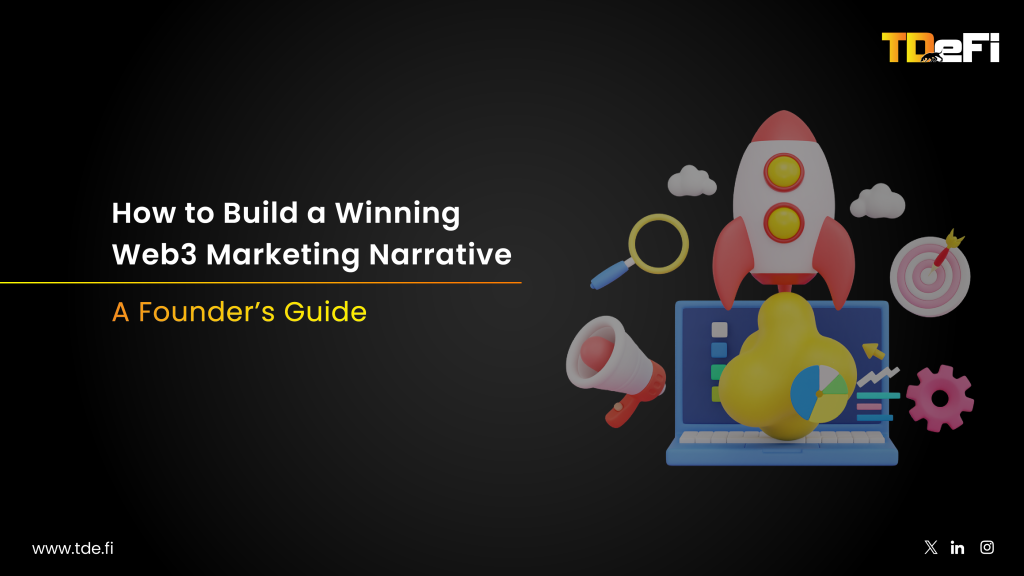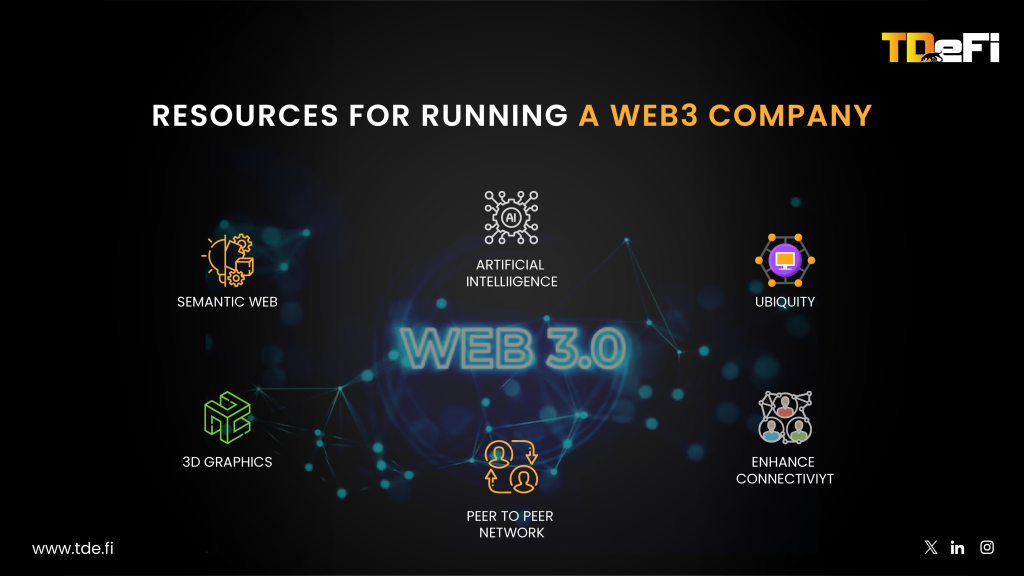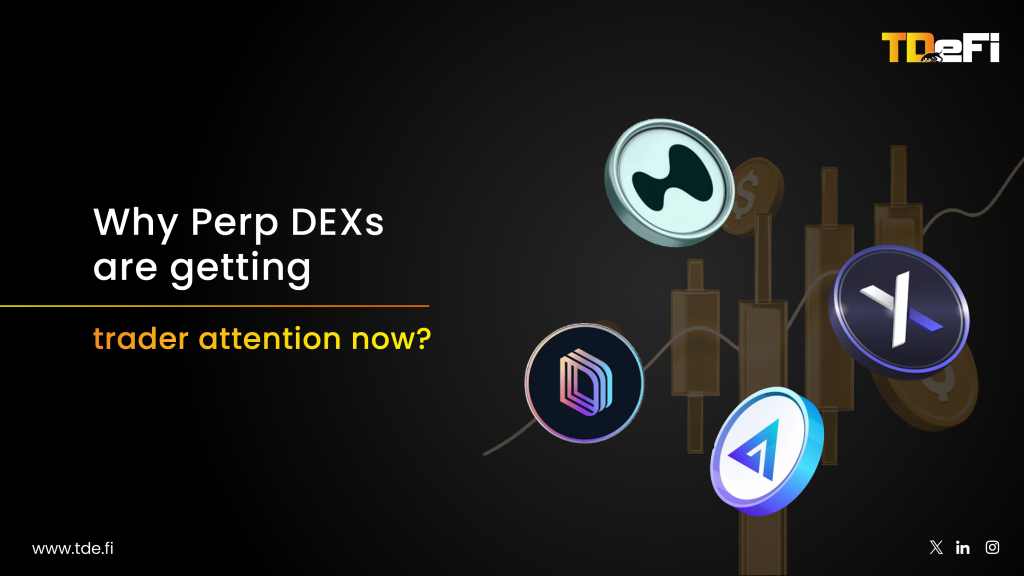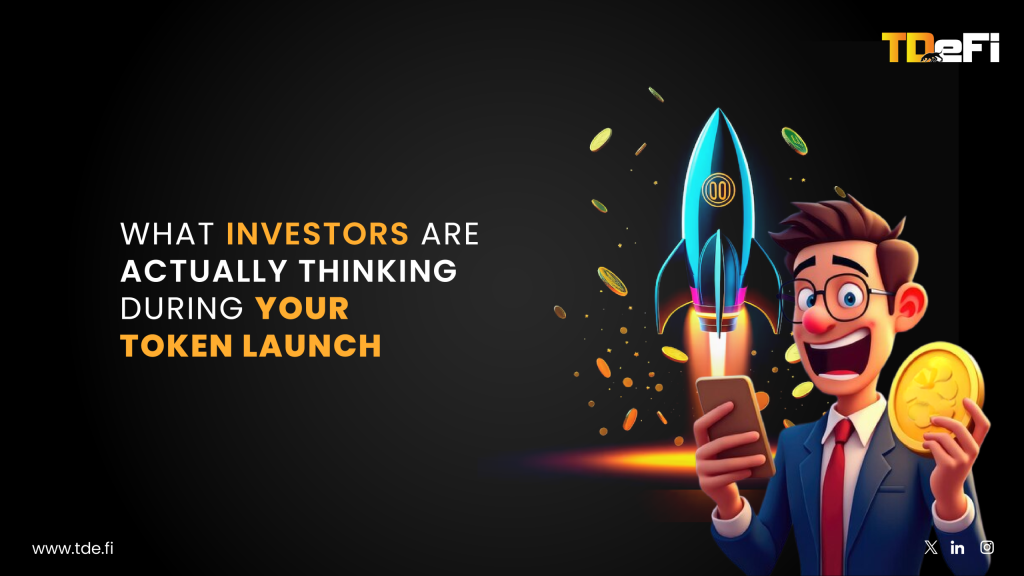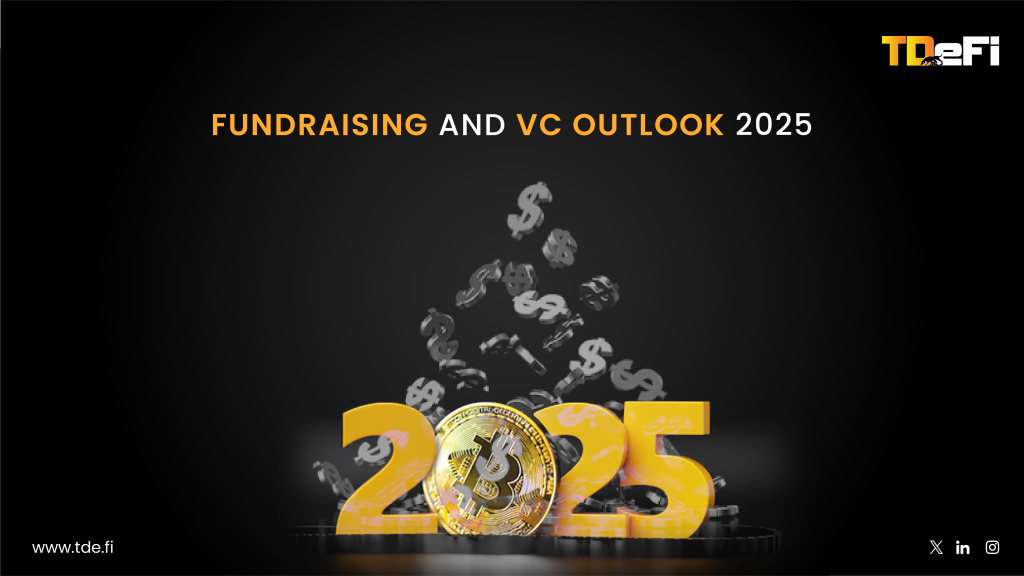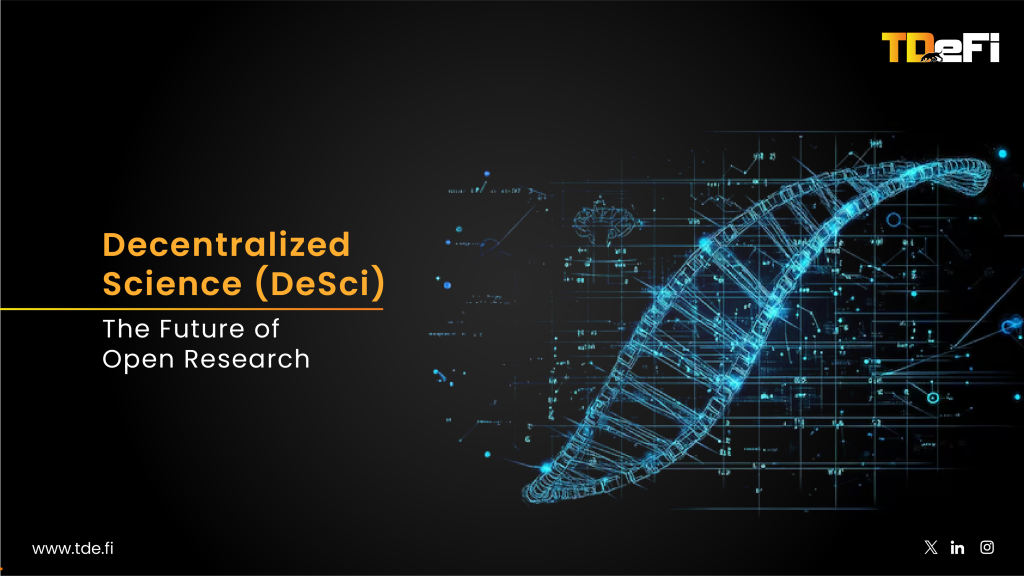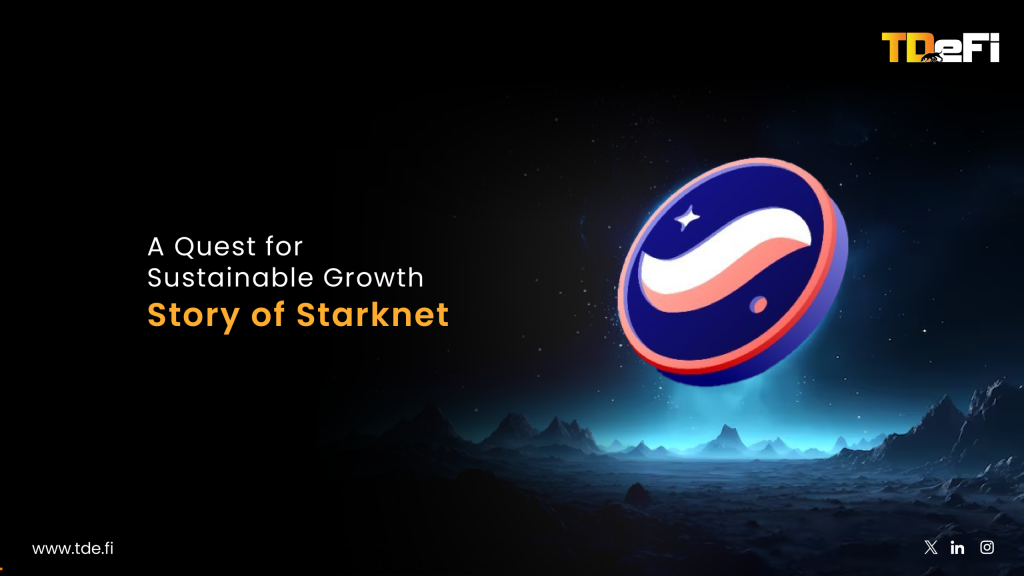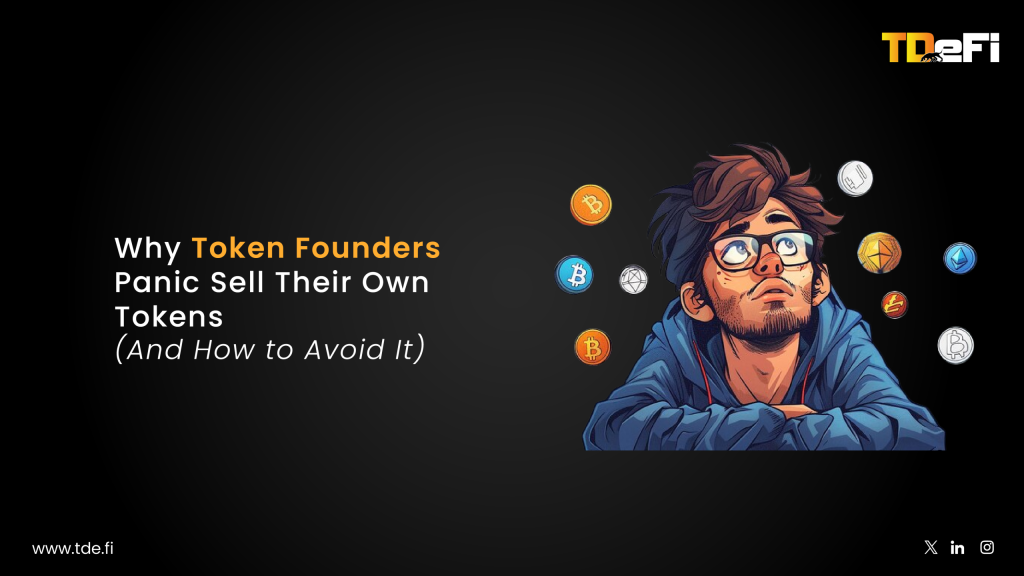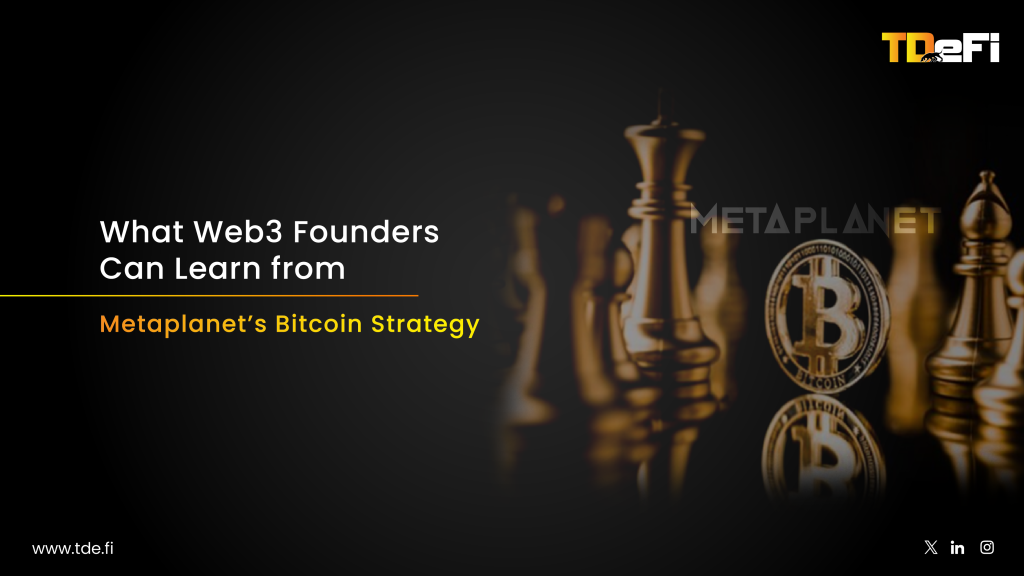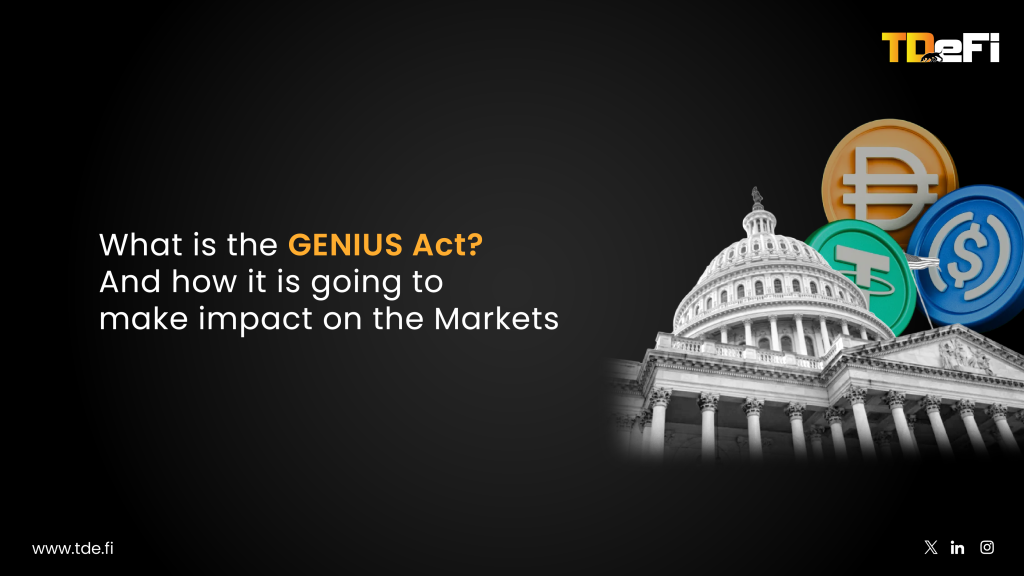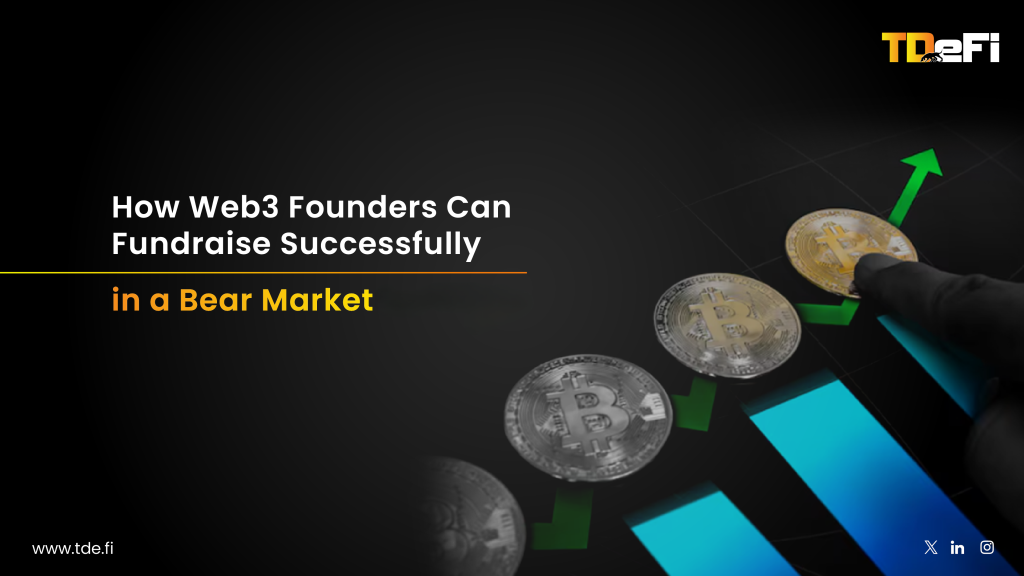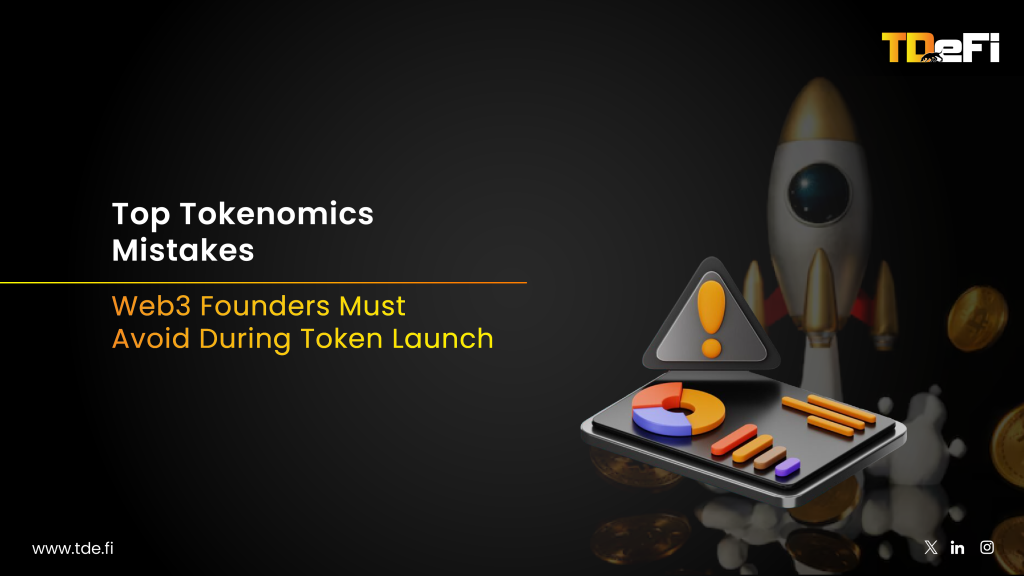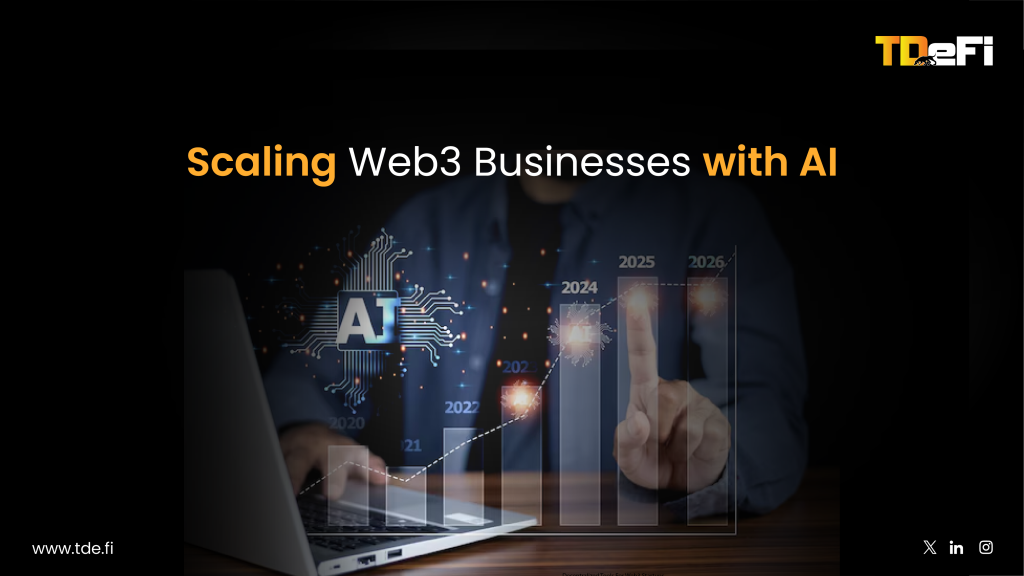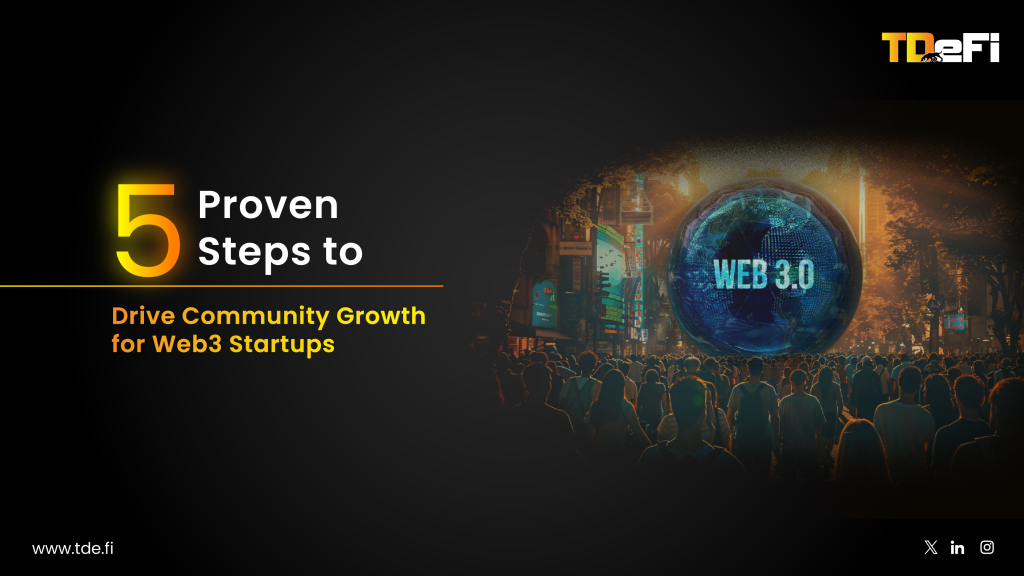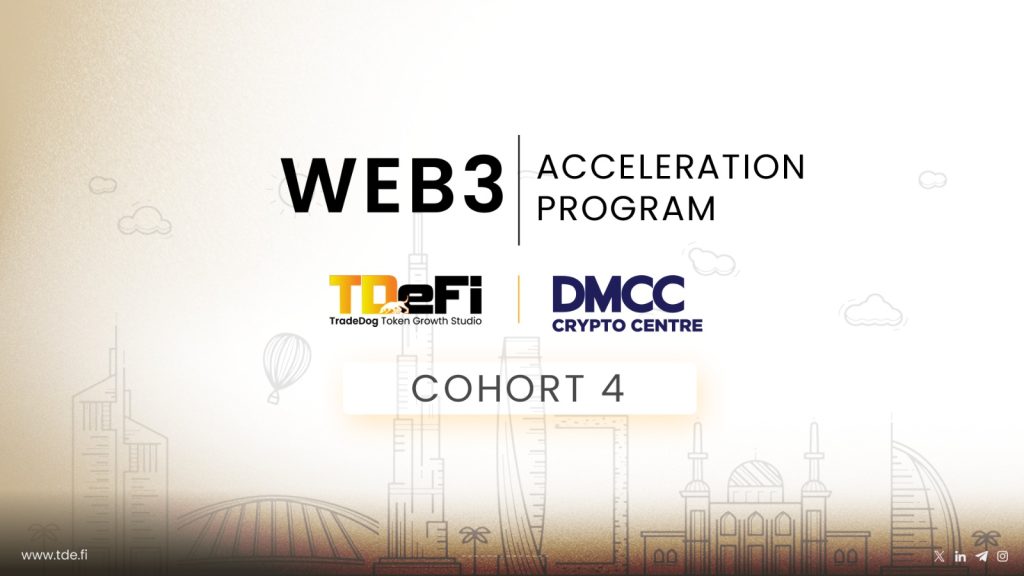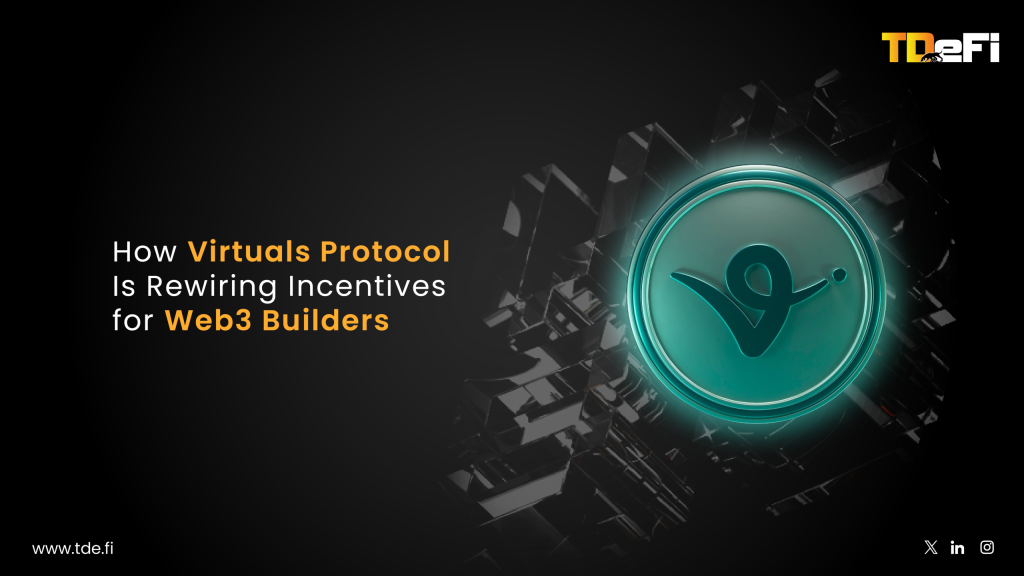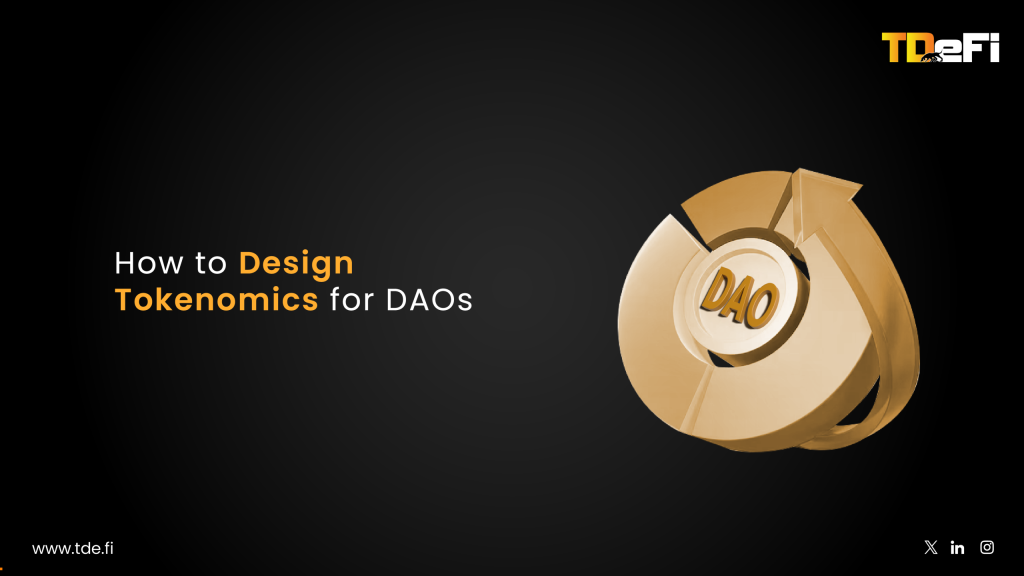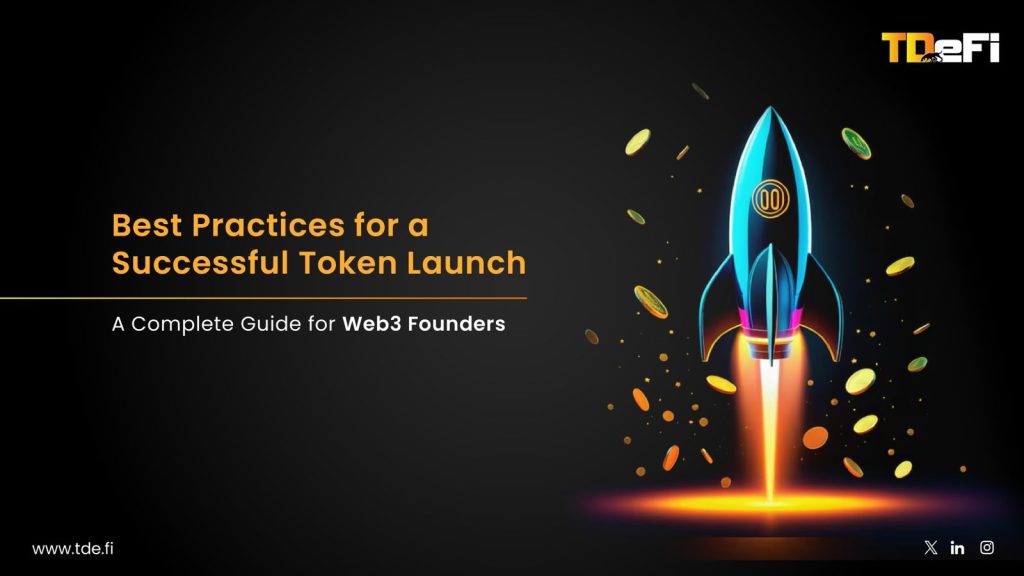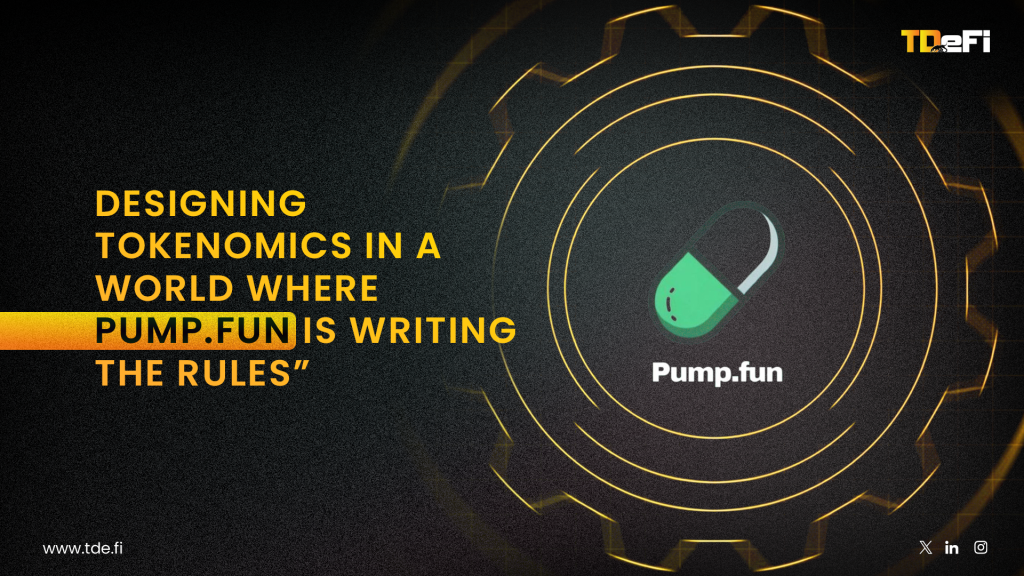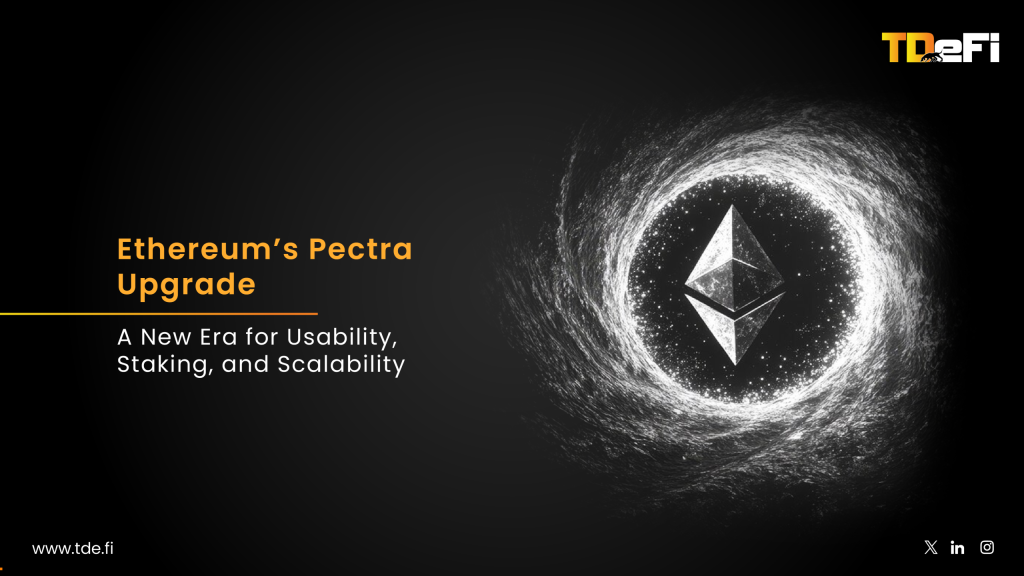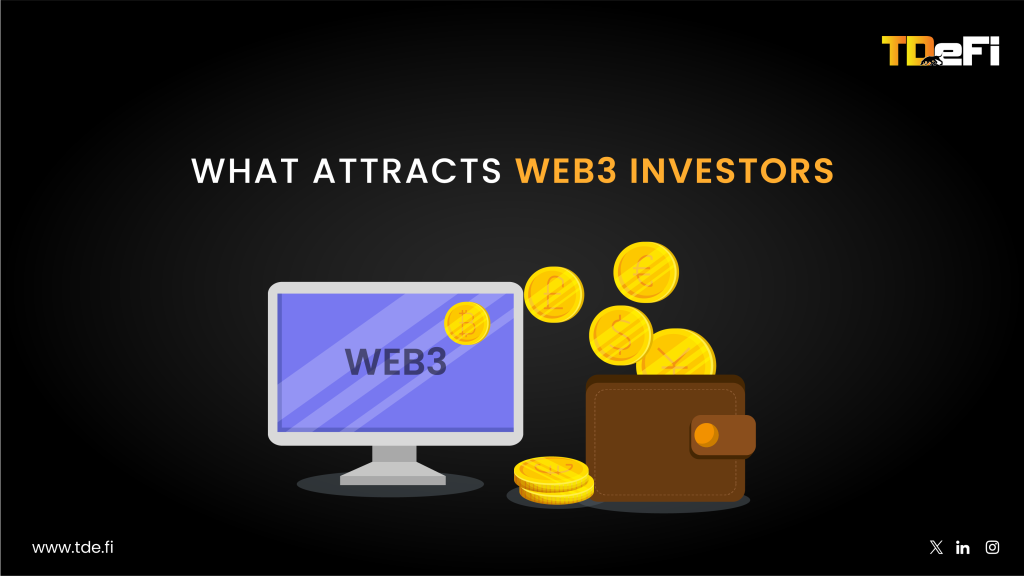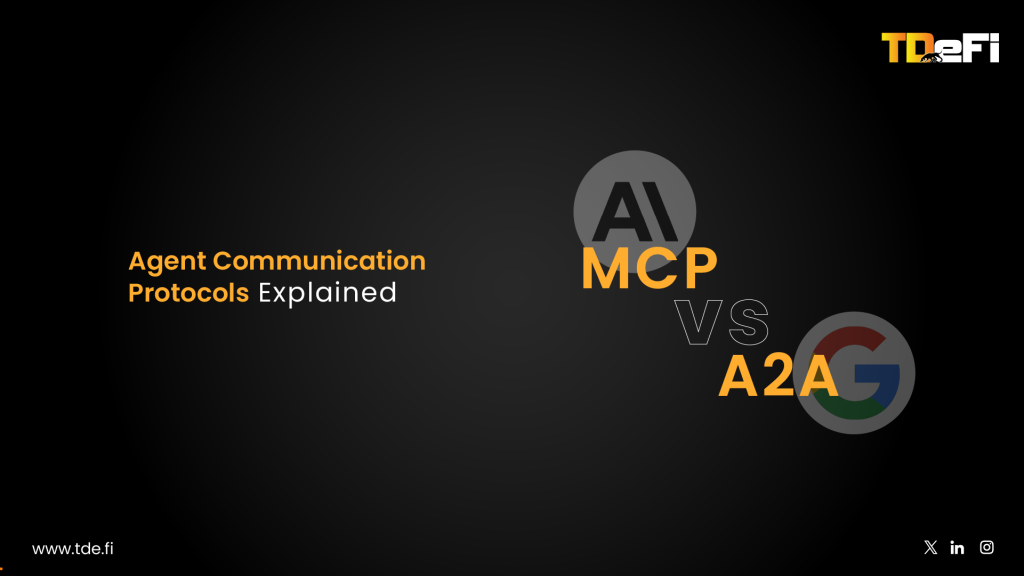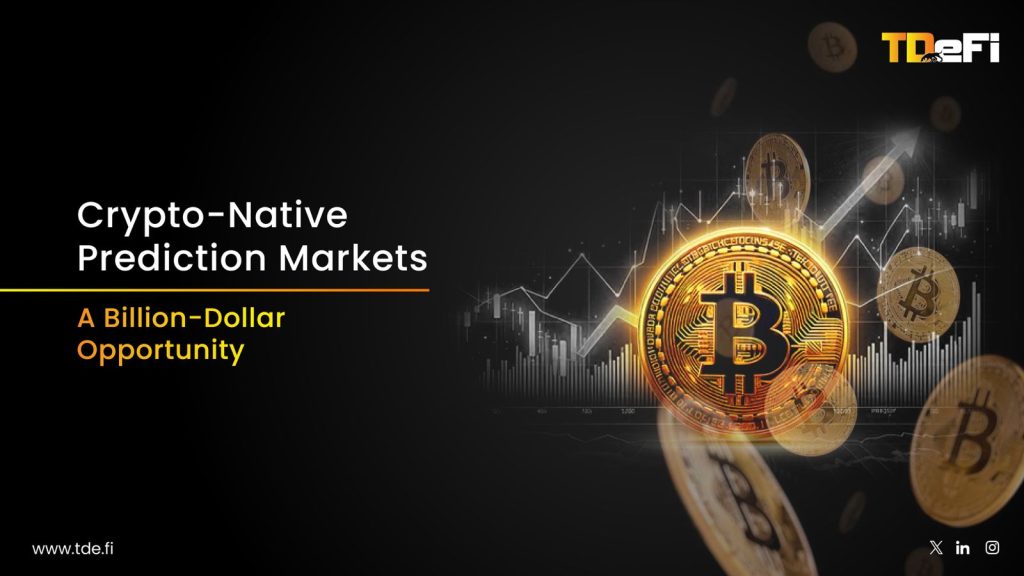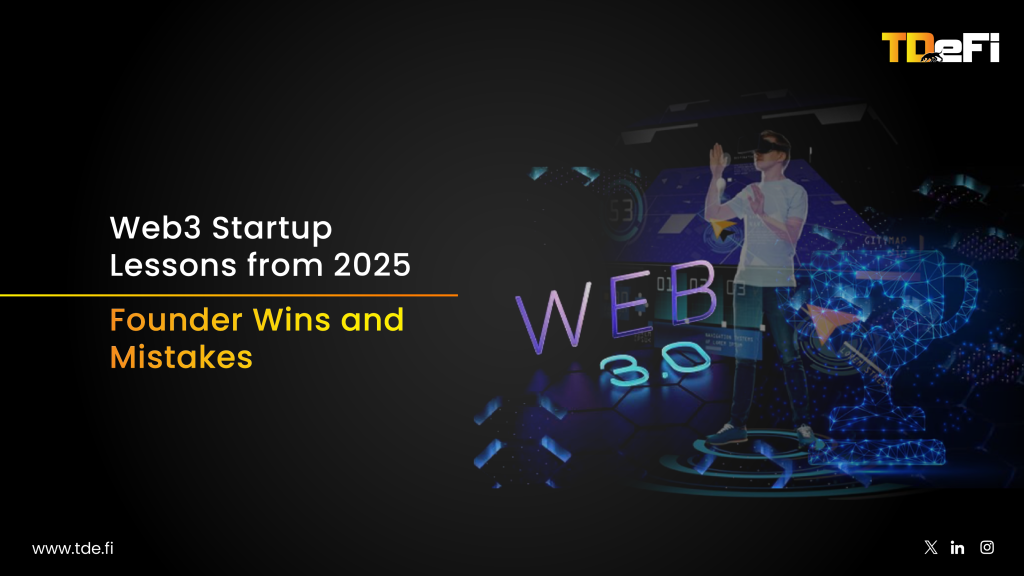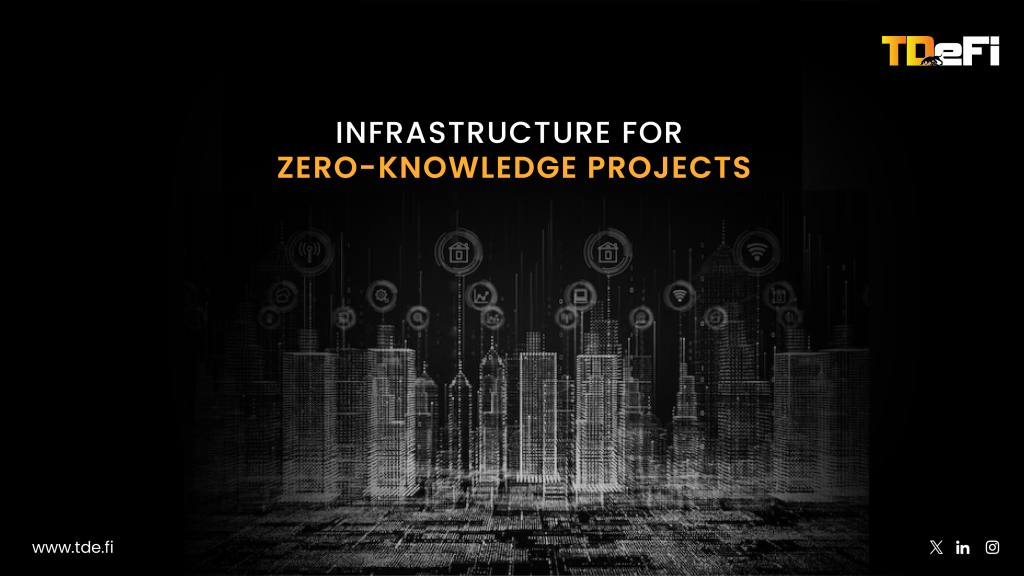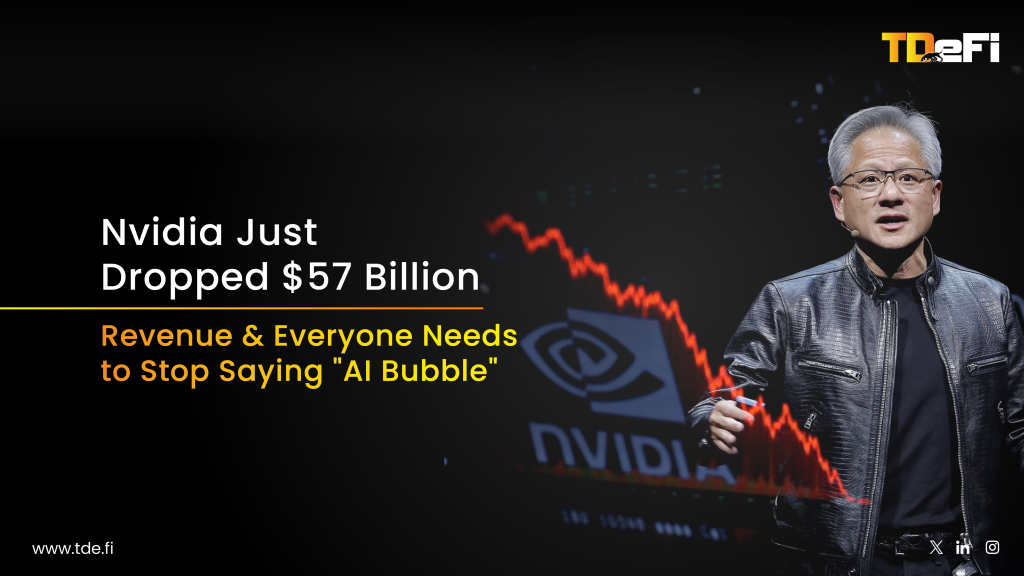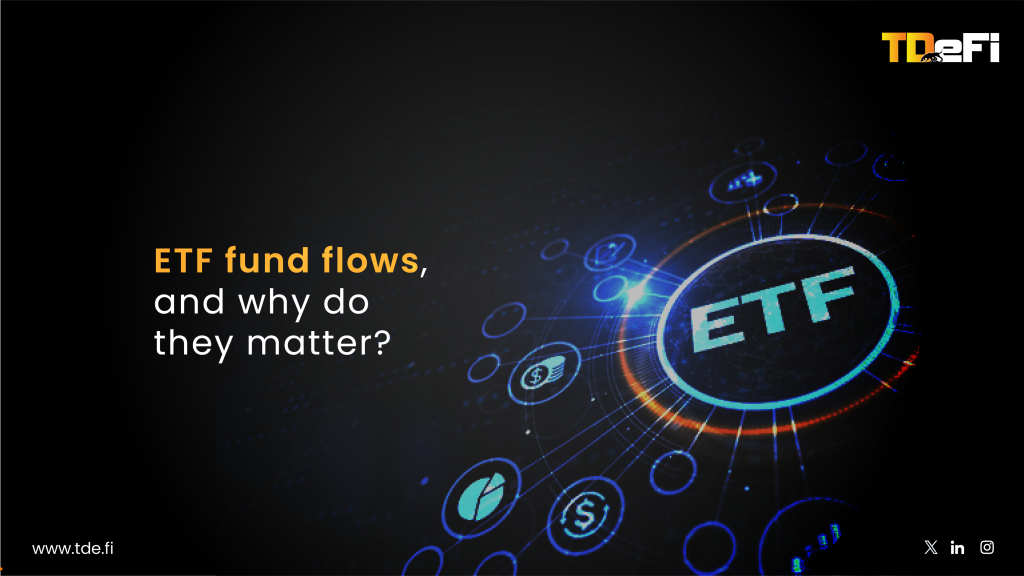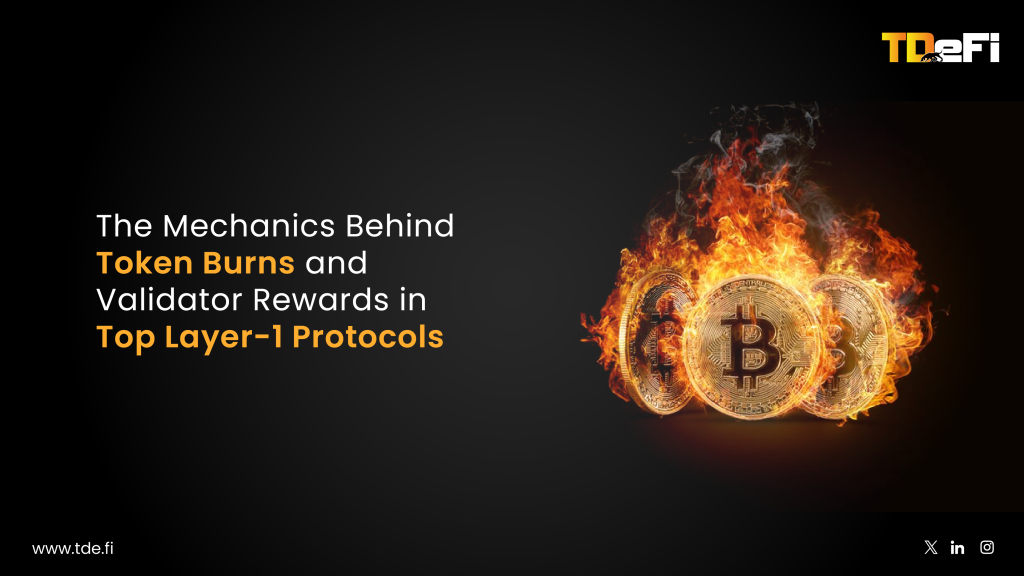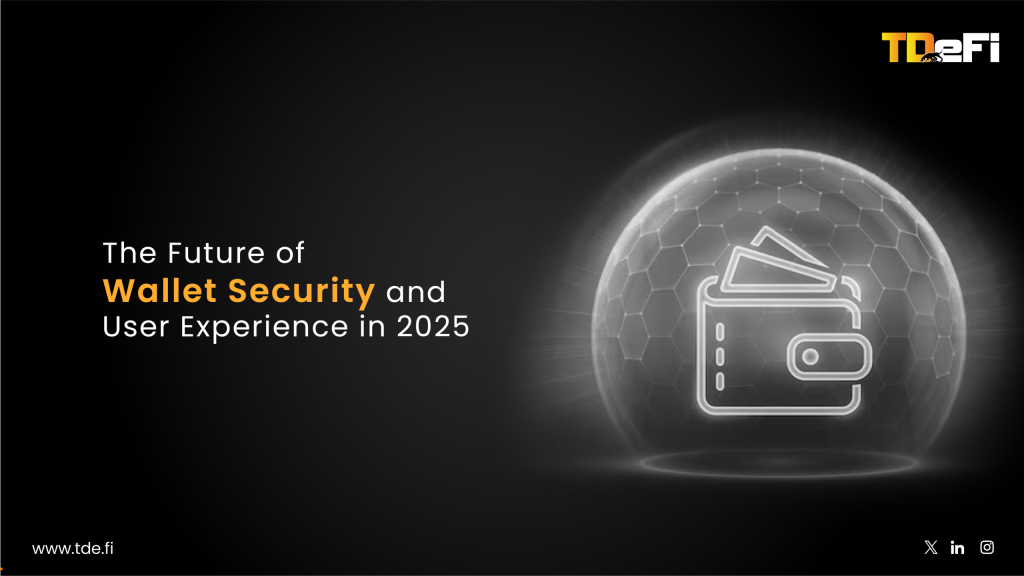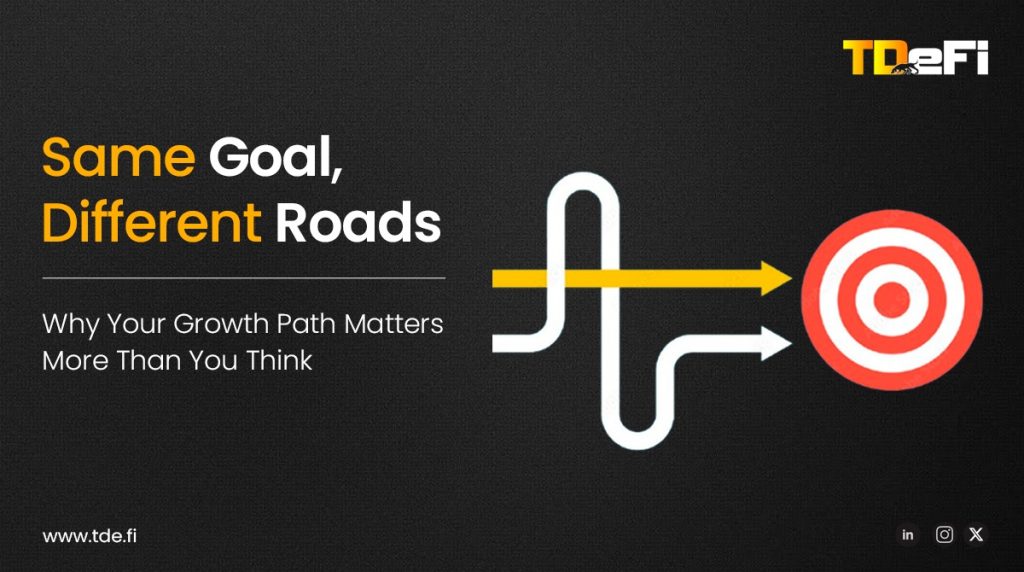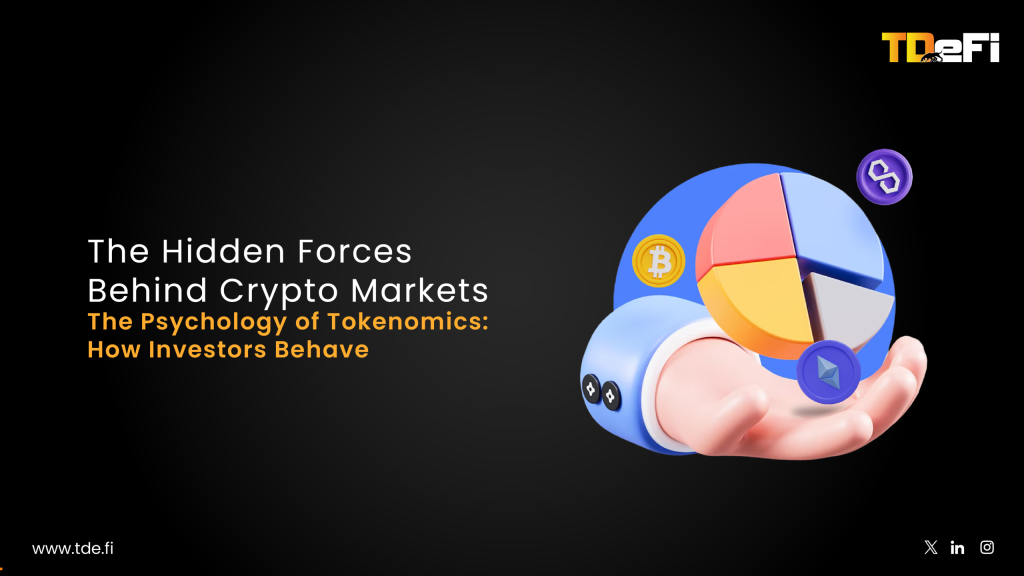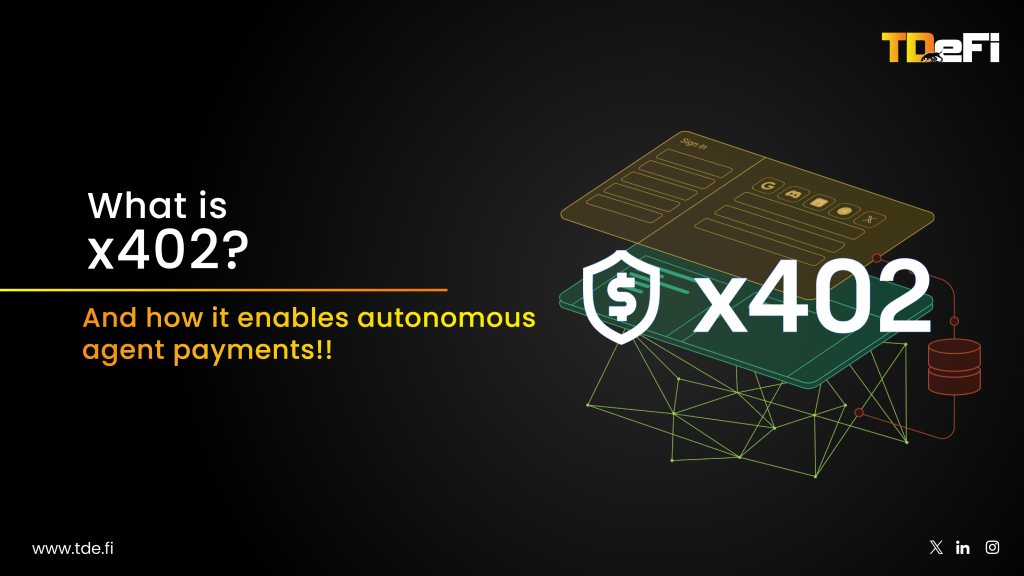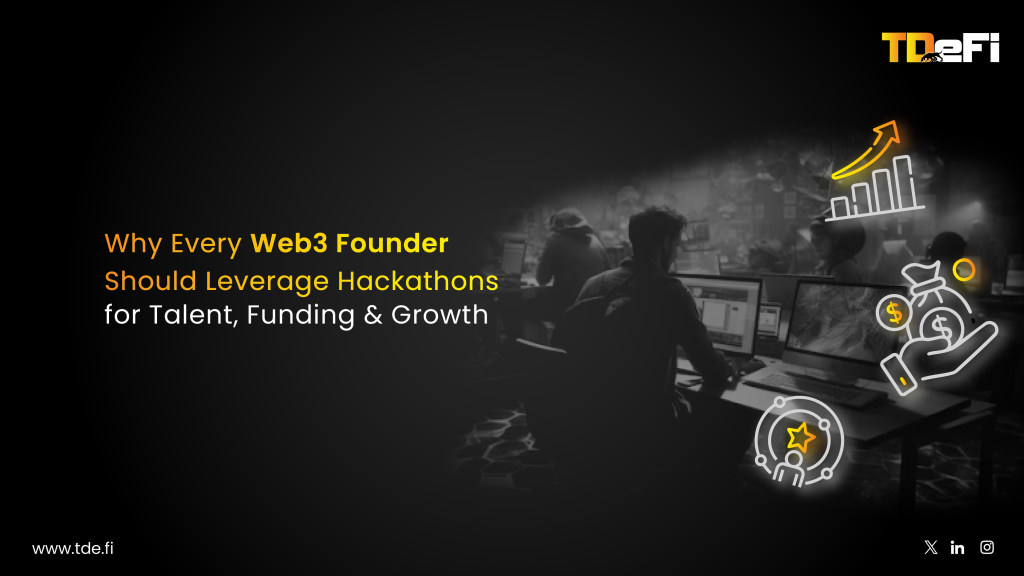TL;DR
Building a Web3 startup goes beyond just decentralization and tokenomics. It’s about intelligence—how quickly your protocol can learn, adapt, and scale, with or without human input. This blog explores how autonomous agents and AI systems are fundamentally changing the way founders design products, scale communities, manage treasuries, build token economies, automate decision-making, optimize operations, and create self-evolving ecosystems. We’ll understand what autonomous agents are, where they fit into the Web3 stack, and how leading projects are already deploying them for serious traction. Plus, we’ll walk through real-world applications, tools, and frameworks founders can adopt today.
Intro
The speed at which Web3 moves is brutal. New chains emerge weekly. Narratives shift overnight. Retail cycles implode and rebuild in real-time. As founders, we’re building decentralized tech, and anti-fragile organizations that need to learn, adapt, and grow without being micromanaged.
Autonomous Agents and AI have emerged as powerful tools to address this challenge. In a space where most protocols still rely on Discord mods and spreadsheets to manage core ops, founders who integrate intelligent automation at the protocol and product level are light years ahead. Autonomous agents, when combined with machine learning, Natural Language Processing (NLP), and real-time analytics, can automate DAO governance, optimize DeFi strategies, run marketing campaigns, and respond to community sentiment faster than any human team ever could.
This is no mere sci-fi speculation, but a tangible strategic edge that visionary teams are already leveraging to conquer their markets and outshine even VC-backed industry giants. Let’s explore how you can harness this power for your own startup.
What Are Autonomous Agents and Why They Matter in Web3
In simplest terms, an autonomous agent is a self-governing software system that acts independently to perform tasks or make decisions based on a set of predefined goals and rules. These intelligent, rule-based bots are not limited to simply following static instructions; they are capable of adapting, learning, and improving their performance over time through the application of machine learning and data analysis techniques.
In the context of Web3, autonomous agents can play a crucial role in powering various aspects of decentralized protocols and startups. Some key capabilities of these intelligent agents include:
- Executing sophisticated DeFi strategies, such as automated portfolio rebalancing, yield farming, and liquidity provisioning, to optimize capital deployment and returns.
- Moderating and governing decentralized autonomous organizations, including proposing governance actions, flagging suspicious activity, and facilitating transparent decision-making processes.
- Deploying real-time customer support and community engagement via natural language processing-based chat interfaces, providing personalized assistance and addressing user queries promptly.
- Dynamically adjusting protocol parameters, such as token emissions or staking rates, based on real-time data analysis and predefined optimization algorithms to maintain protocol health and incentive structures.
- Triggering on-chain actions in response to off-chain events, enabling seamless integration between the digital and physical worlds.
By integrating these autonomous agents, Web3 startups can effectively scale their operations, make data-driven decisions, and provide enhanced user experiences—all while having a full-time, infinitely scalable team of data scientists, growth marketers, and operations analysts baked into their protocol.
Web3 Architecture Reimagined Through AI and Agent Systems
Here’s how to think of integrating these systems into your startup’s stack:
Integrate once, and these agents work 24/7 with minimal input— increasing velocity and decreasing cost across your organization.
How Founders Can Integrate AI & Autonomous Agents Today
The narrative around AI in Web3 has evolved beyond hype. It’s no longer about whether founders should integrate AI and autonomous agents, but about how and where to deploy them for maximum impact. Here’s how to move from ideation to implementation, broken down by functional areas.
1. Autonomous Governance & DAO Intelligence
Most DAOs today face bottlenecks in governance. Participation is low, proposal volumes are high, and voter apathy creates centralization risks. Autonomous agents can be deployed to bring structure and intelligence to this commotion.
Implementation Ideas:
- Natural Language Processing (NLP) agents that summarize and classify proposals before votes.
- Reputation-weighted bots that filter low-quality proposals based on previous community feedback.
- Predictive governance agents that analyze community sentiment and historical voting trends to forecast proposal outcomes before they go to vote.
Tools & Infra:
- Tally.xyz with AI-powered dashboards for DAOs.
- CharmVerse to map contributor reputation over time.
- DAOhaus Autonomy to pre-program governance workflows with minimal manual input.
2. Treasury & Token Emissions Optimization
AI-driven agents can now model, simulate, and optimize token emissions, yield programs, staking incentives, and treasury allocation strategies—based not just on assumptions but real-time, on-chain data.
Implementation Ideas:
- Autonomous agents that rebalance your treasury portfolio in real-time based on market conditions (ETH, USDC, RWA allocations).
- Predictive agents that model future dilution from emissions or LP rewards and adjust token flows accordingly.
- AI-driven dashboards to stress-test tokenomics scenarios before rollout.
Tools & Infra:
- Gauntlet for dynamic risk modeling in DeFi protocols.
- Token Engineering Commons for incentive simulations and modeling.
- Hypernative.ai for monitoring agent behavior and detecting anomalies in treasury movements.
3. AI-Powered Community & Growth Operations
If your community manager is answering the same 17 questions every day in Discord, you’re burning resources. Intelligent agents can automate community engagement, optimize onboarding funnels, and create personalized growth journeys for users.
Implementation Ideas:
- AI chat agents in Discord and Telegram to onboard new users, answer questions, and flag high-intent contributors.
- Engagement bots that trigger quests, reward roles, or send governance reminders based on behavior and wallet interactions.
- Predictive growth agents that analyze community health metrics and suggest when to launch incentives or partnerships.
Tools & Infra:
- Guild.xyz for automated role-gating and incentives based on wallet activity.
- QuestN and Layer3 for gamified engagement workflows.
- Convo Space for NLP-powered community search and moderation.
4. Onboarding and UX Flows
User onboarding is where most DeFi and Web3 apps lose the majority of their traffic. AI agents can remove onboarding friction by customizing flows for each user type (newbie, power user, whale, builder) and dynamically guiding users based on intent.
Implementation Ideas:
- Use intent-based routing to show different onboarding flows (educational, direct swap, wallet connect) depending on user type.
- Deploy agents to track where users drop off, then auto-optimize CTAs, tutorials, or UI microcopy in real-time.
- Implement natural language wallet interfaces that allow users to say “Send 100 USDC to my Gnosis Safe” and get it done.
Tools & Infra:
- Privy.io for identity-aware onboarding.
- Particle Network for plug-and-play wallet + account abstraction flows.
- AgentOps.ai to train, deploy, and iterate on user-agent behavior.
- Zebec Protocol for streaming payments via AI-adjusted vesting logic.
5. Smart Cross-Chain Coordination
As multi-chain ecosystems become the norm, coordinating value and logic across networks manually becomes untenable. Autonomous agents can manage cross-chain deployments, treasury balancing, and protocol syncs, reducing risks and downtime.
Implementation Ideas:
- Auto-bridge treasury allocations across chains based on fees, liquidity incentives, or TVL shifts.
- Dynamically route users to chains with lowest gas/latency for optimal experience.
- Monitor on-chain events (e.g., DAO vote success on Chain A) and trigger automated action on Chain B (e.g., LP incentive boost).
Tools & Infra:
- LayerZero for omnichain message passing and OFTs.
- Socket.tech to build AI-driven routing for bridging/liquidity.
- EigenLayer for modular AVS validation logic controlled by agents.
Closing Thought
Capital is a commodity in Web3 and intelligence is the alpha.
In an industry where speed is survival and experimentation is gospel, the protocols that will lead the next cycle are the ones who understand that the future is agentic. From on-chain governance to community ops, from token design to real-world integration, founders who embed AI into their startups will outlearn, outbuild, and outperform.
Autonomous agents won’t replace human founders. But they’ll replace the ones who refuse to evolve.
At TDeFi, we incubate next-generation Web3 startups by helping founders move faster, smarter, and leaner. Whether you’re looking to integrate AI-driven governance, deploy tokenomics simulations, or build agent-powered user flows, our team of experts will help you do it right. Reach us at [email protected] or Apply here to build the future.



